Chilblains (Pernio)
Chilblains are a vasospastic inflammatory disorder that occurs several hours after of the skin of unprotected individuals has been exposed to a non-freezing cold in damp environment (temperate humid climates).
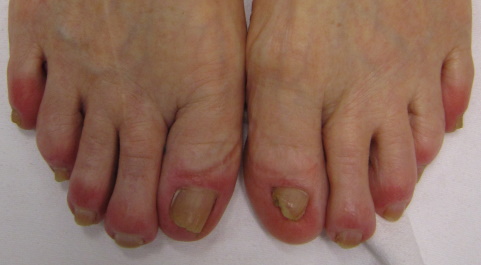
Chilblains are less common in countries where the cold is more extreme because the air is drier and people have specially designed living conditions and clothing.
They affect the body's exposed extremities, such as backs and sides of the toes and fingers, the face (nose, cheeks, earlobes) legs (heels, shins, thighs, and hips), wrists of babies. In severe cases lesions can progress to blistering or ulceration.
The color in people with dark skin shows marked darkening.
Chilblains can be uncomfortable but rarely cause any permanent damage. They normally heal within a few weeks if further exposure to the cold is avoided.
Symptoms of chilblains
Chilblains most often develop on the toes. Common symptoms include:
When to seek medical advice
Most people don't need to seek medical advice if they have chilblains as they usually heal within a few weeks and don't cause any permanent problems.
However, see your GP podiatrist for advice if you have:
You should also seek medical advice if you think your skin may have become infected.
However, see your GP podiatrist for advice if you have:
Causes of chilblains
The exact reason chilblains occur is not well-understood but cold (specifically, exposure to both mild nonfreezing cold and humidity), is the direct requirement for the development of symptoms. Chilblains are the result of an abnormal vascular reaction (arteliolar and venular constriction) to prolonged exposure to temperatures above freezing point when damp or humid conditions coincide, followed by too rapidly rewarming (e.g. warming cold hands in front of a fire or heater).On rewarming, venular constriction predominate on arteriolar constriction with exudation of fluid into the tissues. Minor trauma or tight clothing may also predispose to symptomatic pernio lesions in otherwise appropriate weather conditions.
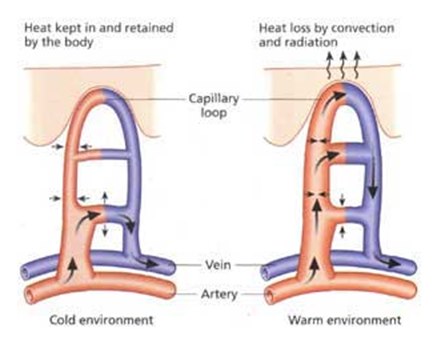
When the skin is cold, the farthest blood vessels (small arteries and veins) (hands, feet, tip of the nose) near its surface get narrower (constriction). If the skin is then exposed to sudden warmth, in rewarming of cold skin, small blood vessels closest to the skin cannot handle their sudden expansion that occurs more quickly than nearby larger blood vessels can handle, resulting in a "bottleneck" effect and the blood leaking into nearby tissues causes inflammation, swelling and itching.
Our skin acts like a thermometer and helps sense the temperature outside and inside our body; it makes sure we are always perfectly warm at 37° Celsius (98.6° Fahrenheit) . When the temperature outside lowers, our skin tries to preserve our internal heat by sending signals to our farthest blood vessels in our hands, feet, and tip of our nose telling those vessels to squeeze tight; this slows the flow of hot blood to our most distant tissues and retains heat toward the center of our body. In chilblains, those distant “shut-off” areas begin to react abnormally to the lack of blood flow. The blood vessels closest to the skin surface, and with the least blood, wage a full inflammatory response asking the body to pay attention to them. Instead of helping the situation, the inflammation actually leads to the destruction of blood vessels and real damage to the skin above them.
Pernio can be idiopathic but chronic pernio may be secondary to various systemic diseases.
Some people are more at risk of chilblains than others. This includes people with:
Treating chilblains
Although chilblains are uncomfortable, they do not usually cause any permanent damage. They will usually heal on their own if any further exposure to the cold is avoided.
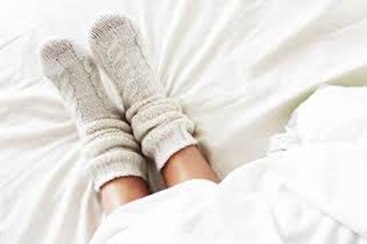
Avoiding chronic exposure to cold temperatures is the first step in treating pernio.
Keeping both the affected extremities and the core body dry and warm are essential in preventing pernio.
Chilblains often get better on their own without treatment after a week or two. It may help to use a soothing lotion, such as calamine or witch hazel, to relieve itching. Your pharmacist may also be able to recommend a suitable product. If your chilblains are severe and keep returning, speak to your GP or podiatrist. They may recommend taking daily medication
Preventing chilblains
If you're susceptible to chilblains, you can reduce your risk of developing them by:
If your skin gets cold, it's important to warm it up gradually. Heating the skin too quickly, for example by placing your feet in hot water or near a heater, is one of the main causes of chilblains.
The following advice should help:
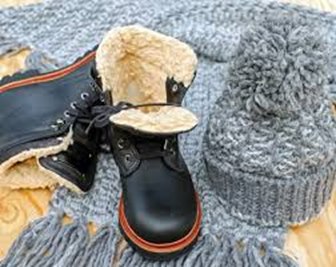
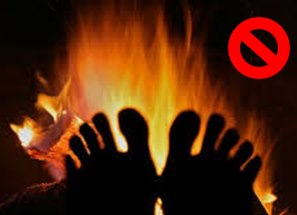
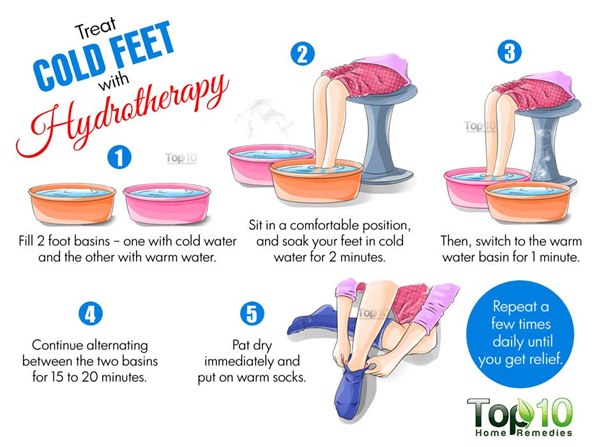
Complications of chilblains
If you have severe or recurring chilblains, there's a small risk of further problems developing, such as:
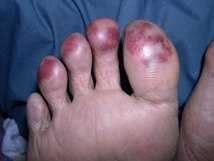
It's often possible to avoid these complications by:
You can also help reduce your risk of infection by cleaning any breaks in your skin with antiseptic and covering the area with an antiseptic dressing. The dressing should be changed every other day until the skin heals.
If the skin does become infected, antibiotics may be prescribed to treat the infection.
